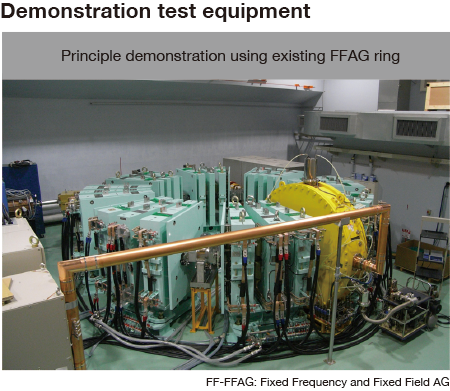

Reduction and Resource Recycling of
High-level Radioactive Waste
through Nuclear Transmutation
Project 4
[Transmutation System and
Elemental Technology]
Elemental Technology Development of Particle Accelerators System Applied for Transmutation
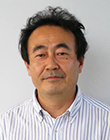
Project leader
Hiroyoshi Sakurai
Affiliation: RIKEN Nishina Center for Accelerator-Based Science
Group Director
Research Fields: Experimental Nuclear Physics
Transmutation System and Elemental Technology
Purpose: Elemental technology development of a particle accelerator system applied for transmutation
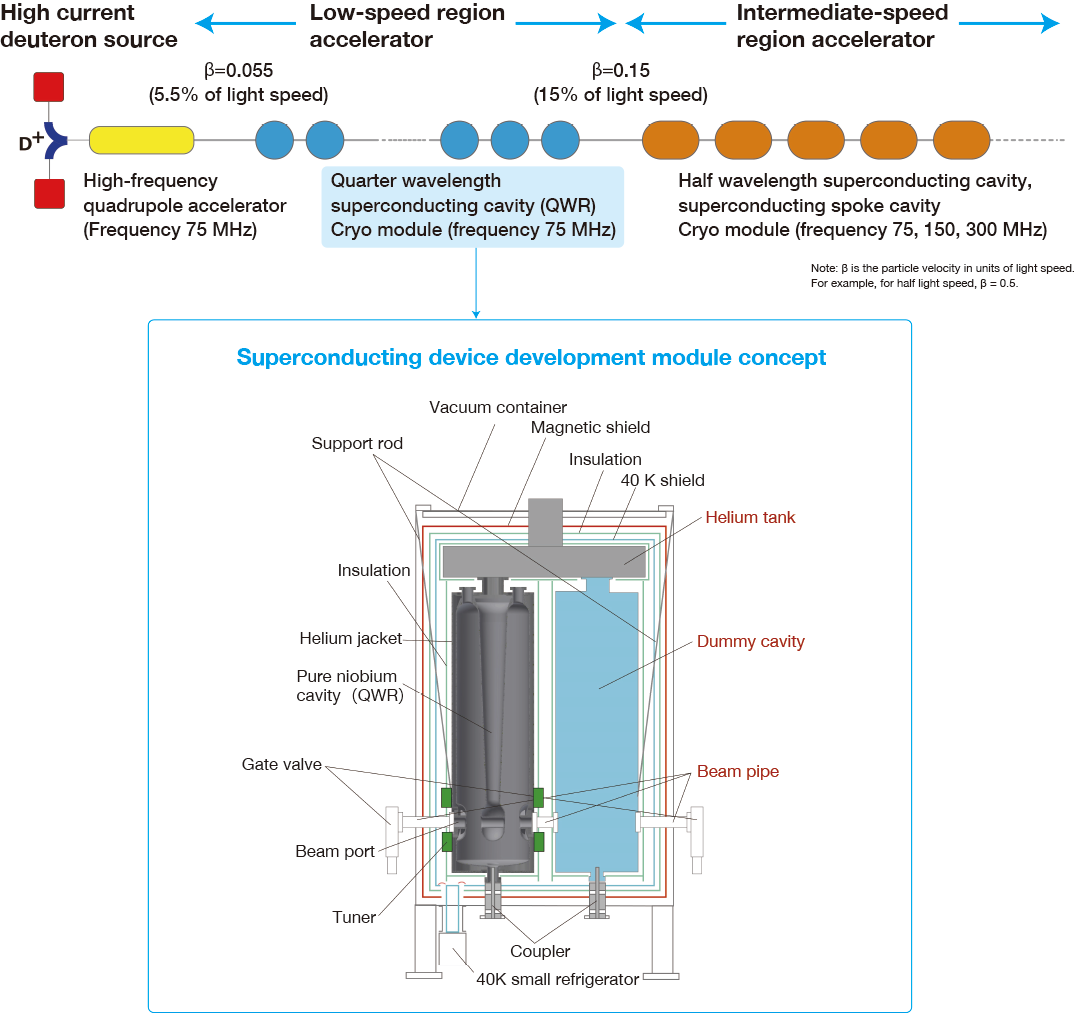

- What is the high-frequency electric field inside the cavity?
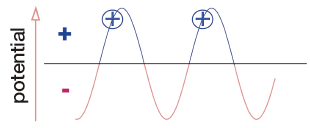
- What is a superconducting cavity?
- QWR-type cavity linear accelerator
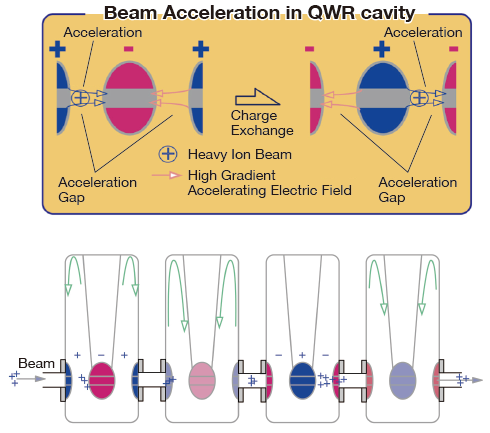
Current Results
New Nuclear Reaction Control Technology (Theme Selected by PJ2 public offering in FY2015)
Toward implementation of a demonstration test of energy recovery type (ERIT) accelerator
Energy recovery internal target:ERIT(Energy Recovery Internal Target)
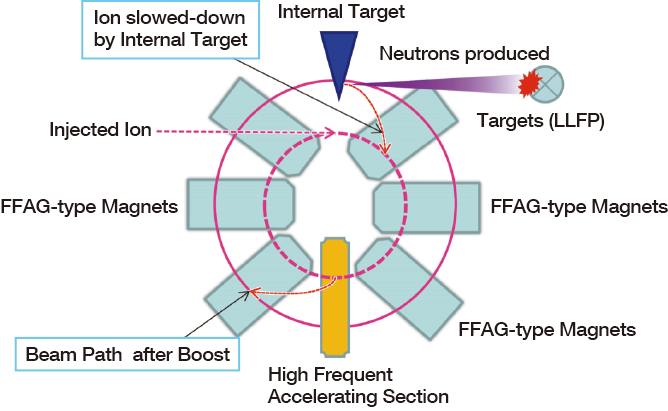
Principle Demonstration Challenges
・Achieving both beam acceleration and storage
Fixed RF Frequency: Meandering acceleration
Fixed Field: zero chromatic aberration
・Large Acceptance (3D): ionizing beam cooling
(Characteristics of ERIT)
・Energy recovery
Particle generation at highest energy
・Thin target: Avoid particle generation loss
・Avoid increase in emittance
Ionization Beam cooling
・Beam turning: effective length target
Effective target length Leff = Lt x N
